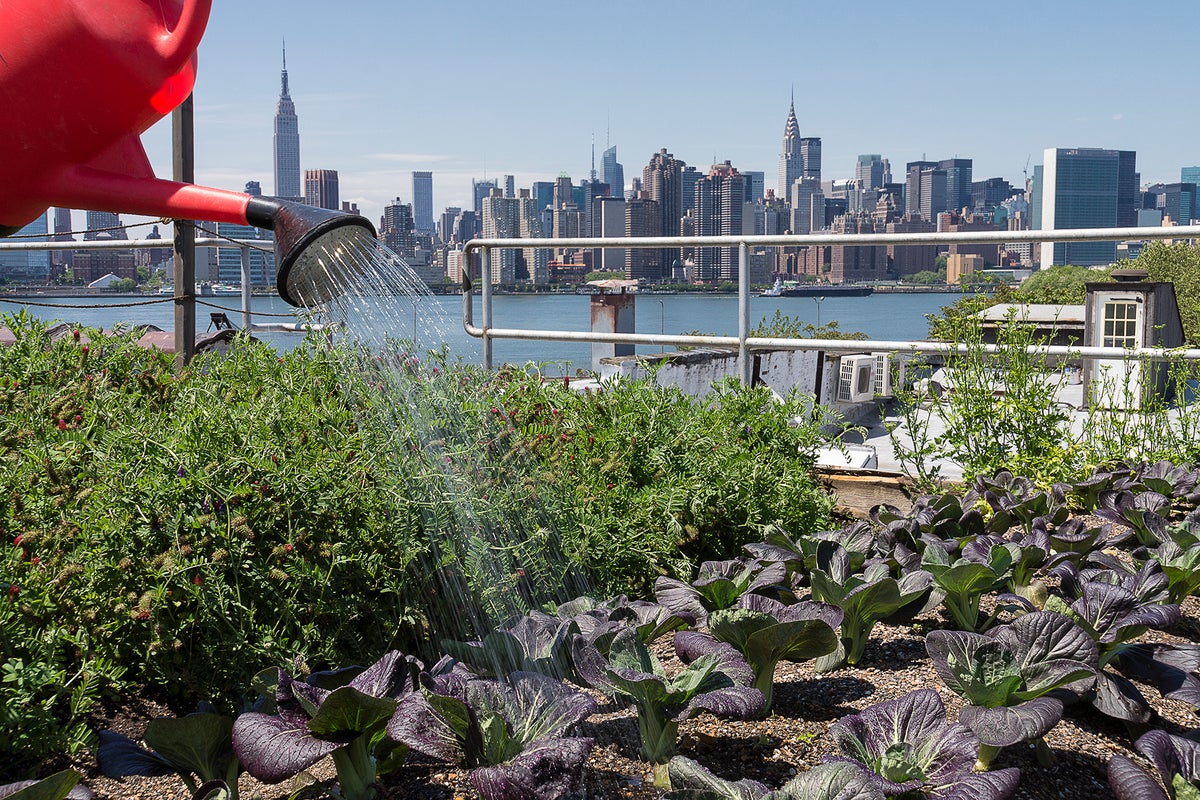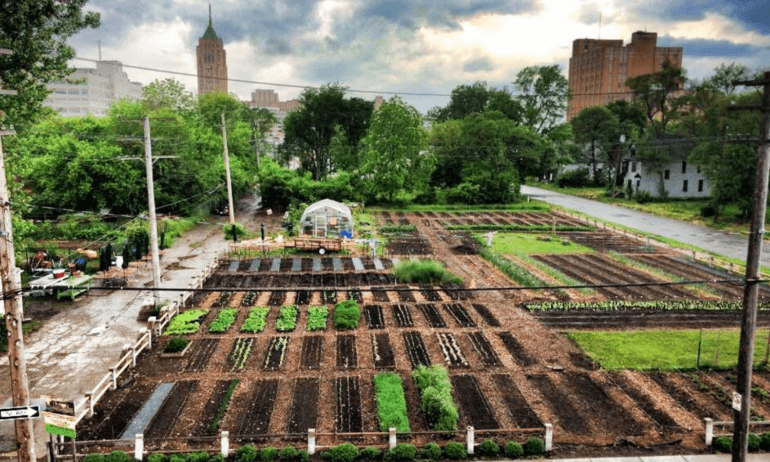Our City Blooming PDFs
Our City Blooming PDFs
Blog Article
City Blooming Can Be Fun For Anyone
Table of ContentsAll About City BloomingFascination About City BloomingWhat Does City Blooming Do?The Definitive Guide for City BloomingThe Definitive Guide for City Blooming
Intrigued in growing food for sale in the City of Chicago? Below is a listing of frequently asked inquiries regarding the rules and guidelines that cultivators must consider when planning an urban farming job.
The zoning modification does not change any other codes dealing with composting, building licenses, buying or leasing City owned residential or commercial property, organization licenses or environmental contamination. There are existing codes that regulate these issues and they stay in complete impact and might apply to your job. Area gardens are usually possessed or taken care of by public entities, civic companies or community-based companies and maintained by volunteers.
Urban farms grow food that is planned to be offered, either on a nonprofit or for-profit basis. As a result of their commercial purpose, city ranches require a company permit. Yes. An area garden is permitted to sell excess produce that was expanded on website if the sales are accessory or subordinate to the garden's key function defined above.
Some Known Factual Statements About City Blooming
Composting is enabled yet just for plant material that is created and used on site. The amount of compost material can not surpass 25 cubic backyards at any provided time according to the requirements in 7-28-715 of the City's Municipal Code. Yes. Due to the fact that the soil at a lot of brand-new yard websites requires modifying, garden compost, dirt, timber chips, or various other products can be obtained to build or enhance the growing room - eco-friendly practices.

If a structure license is called for after that the hoophouse will be taken into consideration an accessory structure. You can figure out more about the structure authorization requirements by contacting the Department of Structures. The 25,000-square-foot dimension limitation is meant to protect against a solitary community garden from dominating a provided block or interfering with the block's existing property or industrial personality.
The limitation does not apply to yards located in Public Open Room (POS) areas. Can there be more than one area garden that is 25,000 square feet on a solitary block? Fence is not called for, nevertheless, yards that have huge auto parking areas might be called for to set up fencing or various other landscaping functions.
The City Blooming Statements
B1 & B2 districts call for that all commercial use tasks be carried out inside your home. R areas restrict business activity. The laws reflect the function and intent of the Zoning Code. Is fence needed for urban ranches? Yes. Fencings might be needed, in addition to landscape design and screening, for sure auto parking locations and outside job or storage space areas depending on location and the particular task taking place.
Urban ranches call for building authorizations and zoning approvals prior to building and construction (indoor plants). Various other kinds of city testimonial might be required depending on details structures, activities, size, landscaping, licensing, public heath and stormwater management concerns.
The Division of Company Affairs and Consumer Security can assist identify the details type of business permit that's called for. Off street car parking is required for a lot of business jobs in Chicago. The required number of car More Help park rooms is based on the number of staff members working on website and not the square video footage of the growing area.
City Blooming for Dummies

Yes. A city ranch can offer compost material produced on site, however, the operation needs to conform with the policies in 7-28-715 of the Chicago Municipal Code. Yes. Aquaponic systems are permitted inside your home on city ranches in numerous zoning areas. A zoning review and structure permit is needed in order to install structures or systems and a business license is called for as described over.
Approximately five hives or swarms of honey bees might be maintained as an accessory use. Nonetheless, beekeepers have to register with the Illinois Division of Agriculture. To find out more concerning the proposed zoning modification you might call the Division of Real Estate and Economic Development, Bureau of Planning and Zoning at 312.744.8563.
Farming in cities and urban areas An urban farm in Chicago. Urban agriculture refers to various practices of growing. https://cityblooming.edublogs.org/2024/06/27/city-gardening-transforming-urban-spaces/, handling, and distributing food in metropolitan locations. The term also puts on the location tasks of animal husbandry, tank farming, beekeeping, and cultivation in a metropolitan context. Urban agriculture is identified from peri-urban agriculture, which happens in backwoods beside suburban areas.
Examine This Report about City Blooming
It can involve a motion of natural cultivators, "foodies" and "locavores", that seek to develop socials media based on a shared values of nature and neighborhood holism. These networks can create by way of official institutional support, ending up being incorporated right into neighborhood town as a "transition community" activity for lasting city advancement.
Some of the initial evidence of metropolitan agriculture comes from Mesopotamia.
Report this page